What can the Royal Opera House be insinuating about its target audience? No sooner had Anna Nicole closed than Manon opened the new ballet season. Kenneth MacMillan’s gold-digger turns 40 this year but her promiscuous allure shows no signs of failing punters with money to burn on sex thrills. I once took my partner to see Sylvie Guillem as Manon. His verdict was, ‘Too immoral’. I guess he got MacMillan’s point rather well. Manon has no heart at all, she is deliciously low.
Since 1974 she has dodged bullets when powers-that-be proposed that a conscienceless tart had no place in the Royal repertoire. But ballerinas led the defence, seeing that this was one of the supreme female roles, so fascinatingly refracted is her inconstancy in her choreography and Nicholas Georgiadis’s dresses (even the prison outfit is sexy). Gillian Revie, a superb MacMillan girl, once told me how amazed the choreographer was when, as she sat at the stage door waiting for a friend, every single passing man stopped to speak to her. ‘How do you do that?’ he asked her. Pheromones, presumably — of which Revie evidently had plenty. All the male hands that grope and paw Manon show MacMillan’s skill in illustrating choreographically what men feel about certain wild-child women. Manon’s way of only walking on pointe, delicately, through the Parisian shit is another brilliant motif.
Succeeding the great recently departed Manons — Tamara Rojo and Alina Cojocaru to ENB, Guillem to her own devices — the golden-haired Marianela Nuñez, who opened this new run, is gloriously beautiful. She resembles the Darnley portrait of Elizabeth I (why doesn’t someone make a baroque Elizabeth ballet for her?) but she is only fitfully exciting. She remains a ballerina in a role, rather than a strange, magnetic creature wreaking havoc around her. Federico Bonelli is handsome and refined in manner, but leaves Des Grieux as a sketch on a page. By contrast Ricardo Cervera and Laura Morera milk every sharp step as Manon’s fellow-scoundrel brother Lescaut and his skilled, wary mistress. I’ll mention that the Russians, when the Royal toured Manon to Moscow this summer, were astounded by the veracity and spontaneity of the British ensemble’s acting. A bouquet to the filthy maid, rubbing her streaming nose before handing Manon her new fur gown. Now that’s MacMillan detail for you.
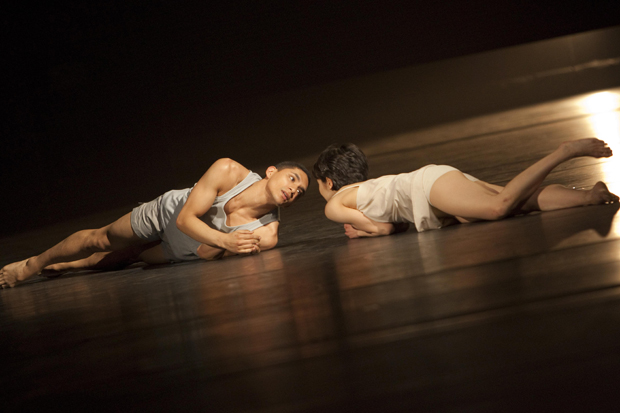
By happy chance, Mats Ek’s Juliet & Romeo was also in London last week. It is, like Manon, based on the age-old plot: once upon a time a boy fell for a girl. Although it is about love, not sex, it demonstrates the same truth, that the love affair that matters is that between the choreographer and the heroine he’s creating. And like MacMillan, the Swede is a piercing portraitist of women.
In contrast to his surreal, cartoonish Giselle (1982) and Carmen (1992) rewrites, the recent (2013) Juliet & Romeo for the excellent Royal Swedish Ballet is bleakly designed but enriches his peculiar stick-man dance style with a softer balletic litheness, resulting in flying leaps and athletic speed, as well as some eloquent formation floor-rolling. Rather than the prescriptive Prokofiev, slabs of Tchaikovsky symphonies and concertos have been about 70 per cent successfully mortared into a two-hour drama (there are some jolting clunks, but the storytelling can now surprise).
The familiar conflict between youth and adults is internalised by the forbidding but sketchy set. Here is a world of steel walls and robotically programmed adults. Mariko Kida and Anthony Lomuljo shine in the dark — she a whirlpool of longing in a yellow dress, he drawn irresistibly into her tornado. In a beautifully evocative balcony duet, the reconfigurations of togetherness symbolise that these teenagers unceremoniously adore every inch and sniff of each other — dirty feet, sweaty armpits, the lot. And unlike ballet, where lovers’ grips paraphrase love-making, Ek’s couple often express their united identity in parallel dancing, unison rather than harmony, say. This is interesting, and its clarity spikes the extravagant entwinings of Tchaikovsky’s music.
When Juliet’s parents place Paris’s body horizontally over her in a simulation of forced intercourse, it makes a shocking impact over weeping strings. Juliet dies because her father struck her, and the lovers’ consummation has a transfigurative quality: their upflung legs become metamorphosed into a permanent symbol of resistance. Many other characters are authentically Shakespearean in their distinctiveness — Ek knows what he is doing, psychologically and theatrically.
Got something to add? Join the discussion and comment below.
Get 10 issues for just $10
Subscribe to The Spectator Australia today for the next 10 magazine issues, plus full online access, for just $10.
You might disagree with half of it, but you’ll enjoy reading all of it. Try your first month for free, then just $2 a week for the remainder of your first year.

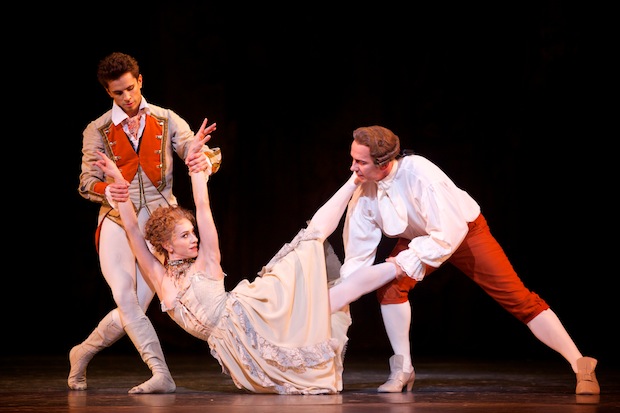
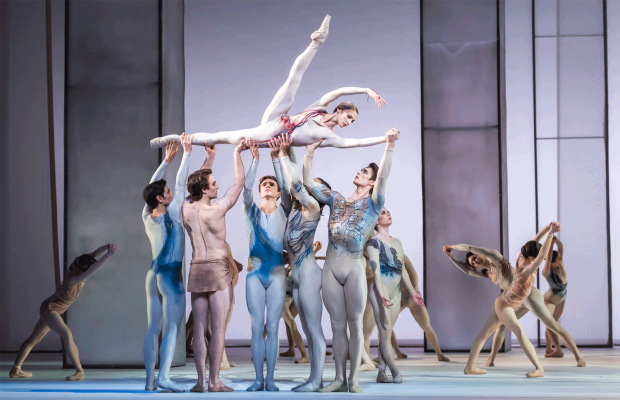
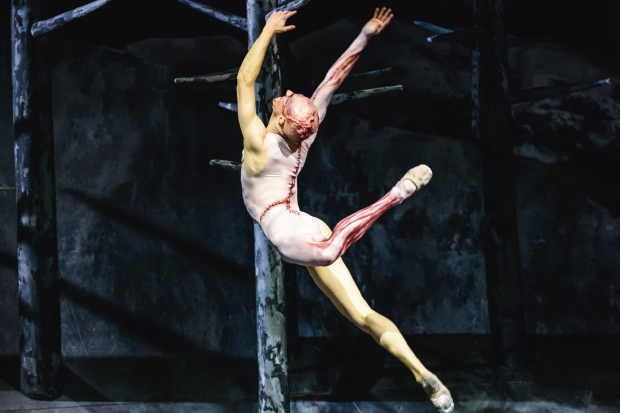
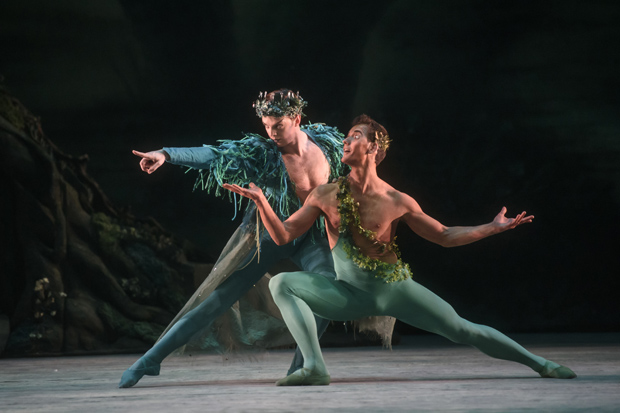
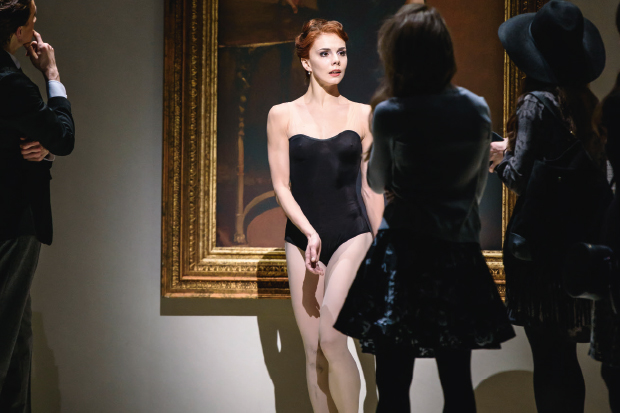
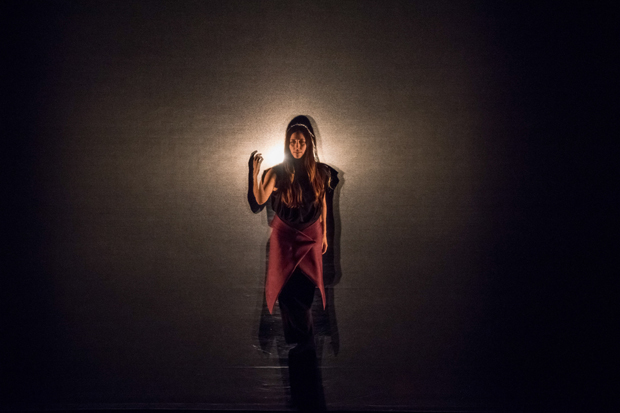
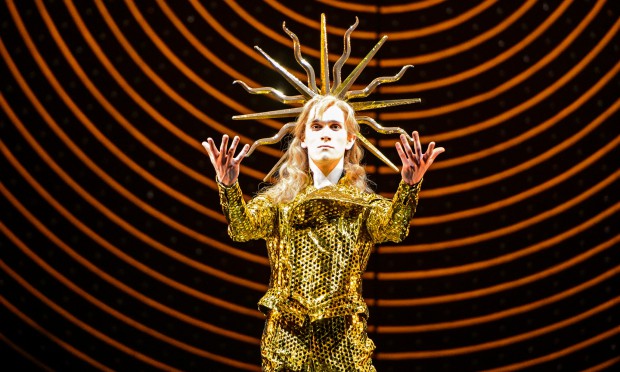






Comments
Don't miss out
Join the conversation with other Spectator Australia readers. Subscribe to leave a comment.
SUBSCRIBEAlready a subscriber? Log in